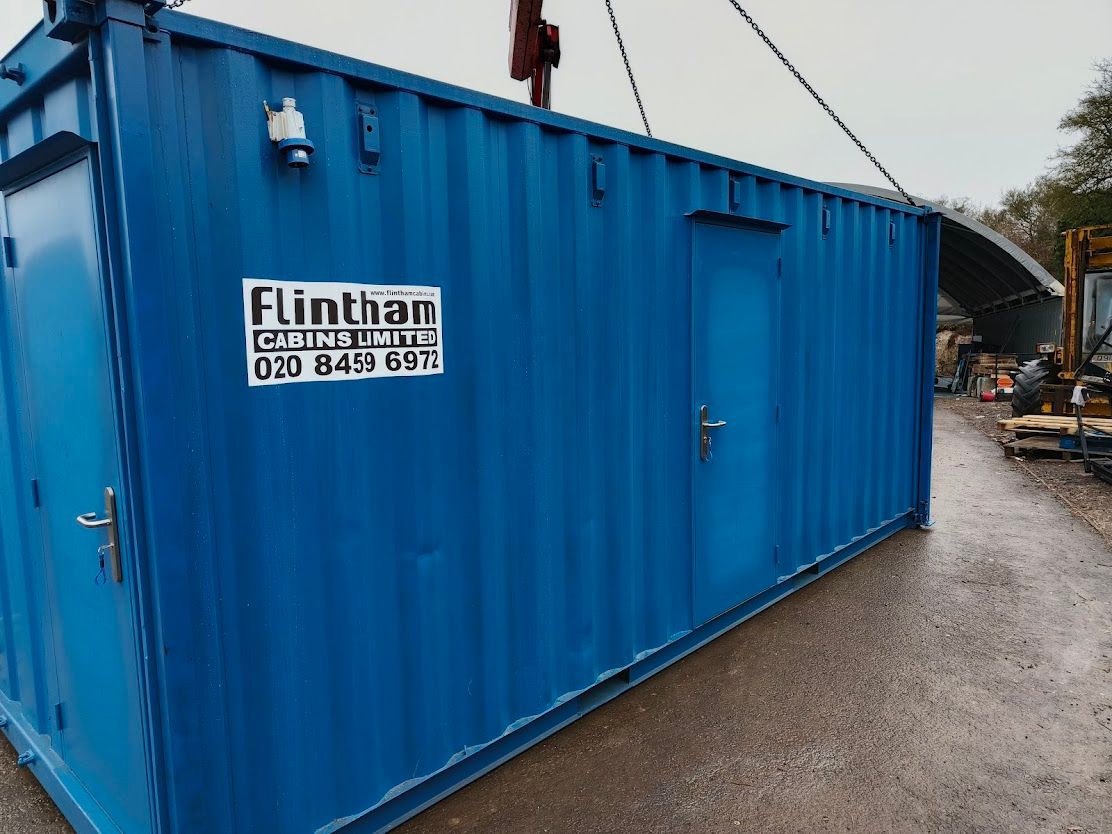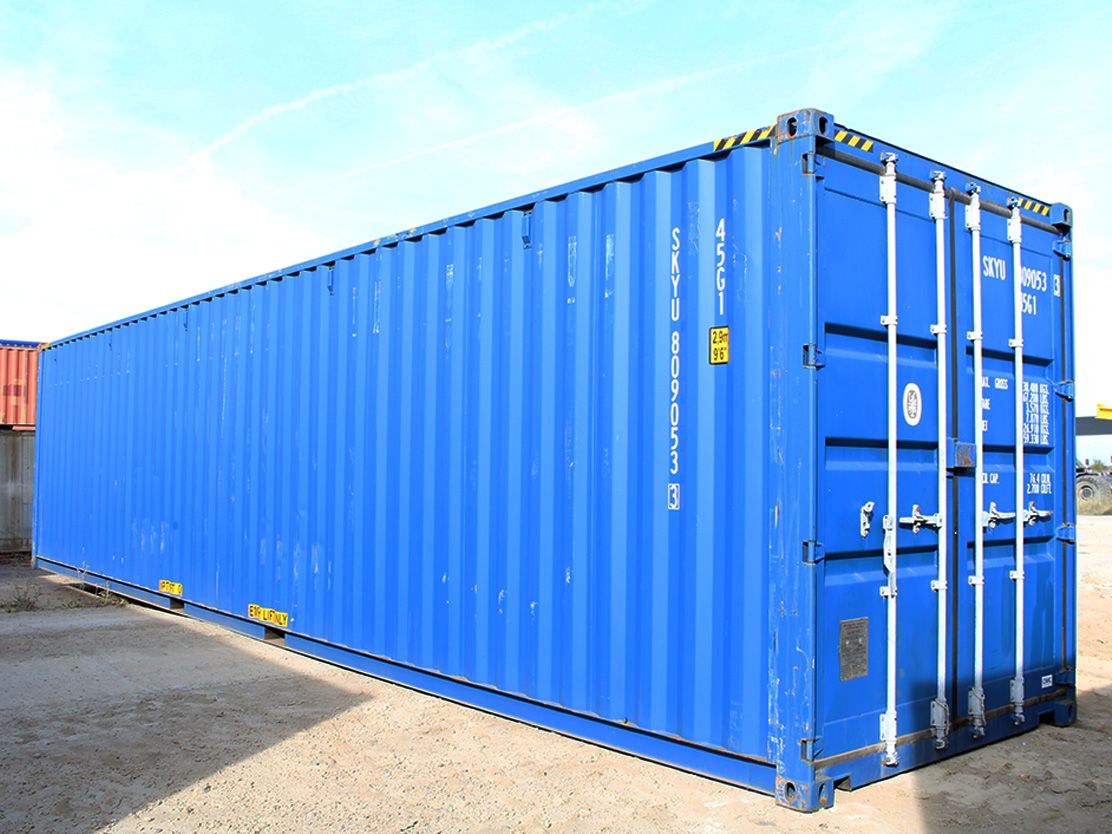From construction sites to road works, to project rebuilds and temporary classrooms; all these places require toilets. Plumbing in a new block of toilets could cost you a lot of money, so if you want to maximise your profits you should consider using portable toilets instead.
This blog will look at the conception of the portable toilet and track its progress up to the current day. As suppliers of toilet units in London, we’re interested in the curious history of the portable toilet.
America 1940’s
The portable toilet industry began during World War II in California, America. During this time, ship building was a huge industry and many people were invested in finding methods to streamline their workers’ time to maximise productivity.
One of the biggest time sinks for these workers was the lengthy walk along the dock to reach the nearest block of toilets. These walks took time, therefore reducing workers’ productivity and costing employers money.
After the issue was raised by a ship worker, a toilet was then designed to be placed on ships. A special wooden cabana with a small holding tank was installed, and thus the first working portable toilet was introduced to the world.

Design & Development
The idea spread and was used on the docks, construction sites, and even at events. Over the years, flaws in the original design were solved by imaginative and sensible technicians alike. Some of the first obstacles that were cleared were related to the weight of the original design which made is difficult to move. The wooden cabana also had some metal structures which added to the weight, and the wood had an unpleasant habit of soaking up any odours.
It wasn’t until the 1970s that these designs were changed to fibreglass, which for a while seemed like a good solution; it didn’t rot and it was easy to clean. Unfortunately, this wasn’t a perfect solution because, while lightweight, the fibreglass portable toilets were also brittle, held smells in, and were difficult to maintain.
The next great change to the design of portable toilets was the decision to use polyethylene as the main material for the toilet’s casing. These types of toilets are the most likely to be used today for all kinds of occasions; can you imagine your favourite festival its without trusty portable toilets?

The Invention of The Blue Liquid
Getting rid of the wood and metal casings wasn’t the only step taken to improve the terrible portable toilet – the invention of the deodorizer was a huge step-forward to providing friendly portable toilets. The first deodorizer was constructed from formaldehyde chemical blends which both improved toilet hygiene and masked the bad odours.
Formaldehyde can be difficult for wastewater treatment centres to process, however, so this method has since changed to include biocides which are easier to process and inhibit the growth of certain types of odour-making bacteria.
It is recommended that the deodorizer is cleaned and serviced at least every seven days. Failure to do so will lead to the breakdown of the fragrances and biocides in the solution, which means that it will lose its ability to mask bad odours and improve hygiene after time. Make sure that you keep your portable toilets serviced weekly.

Toilet Units
Today, you aren’t just limited to the small wooden portable toilets of the past. We offer fully flushing toilet blocks for hire and sale that look and feel just like permanent toilet blocks, suitable for events or worksites. Our toilets are easy to maintain, and we even offer a weekly service to replace your toilet rolls and hand cleaners.
All of our toilet units are also equipped with sinks to ensure that your business keeps good hygiene standards. We won’t let the main sewage services restrict you either, because we can also offer toilets with effluent holding tanks.

An Example of Flintham’s Toilet Units
We provide an excellent range of site cabins in London which can be used for a variety of applications; if you would like more information about any of our products then please do not hesitate to get in contact with us.






